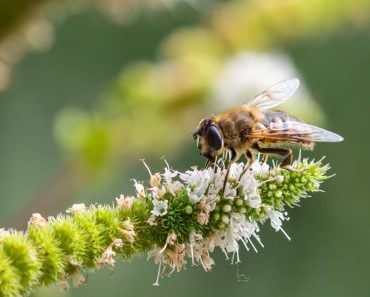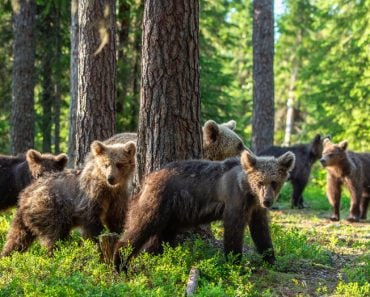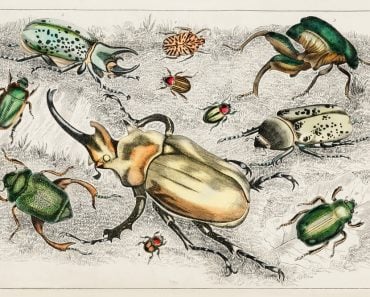In the early 1970s, two American ecologists, Daniel Janzen and Joseph Connell, independently came up with the idea for how tropical forests are so diverse. They hypothesized that each tree had one “natural enemy” that prevented the tree from dominating a single landscape.
Amazonian rainforests, forests of the Congo River basin, the Western Ghats, Eastern Himalayas, Borneo, Sumatra, and Vietnam are some of the most magnificent rainforests on the planet.
These rainforests perpetually bustle with different kinds of life forms—mammals, reptiles, amphibians, birds and insects—that call rainforests their home. The number of animal species that any of the rainforests hold can easily outcompete any other ecosystem on the planet.
A similar pattern holds true for the plants of the rainforest. Tropical rainforests represent the epitome of tree diversity on the planet. A hectare plot in a tropical rainforest can contain over 250 species of trees, all of which compete with each other to secure resources for their persistence and growth.
Scientists have long been fascinated by how so many species coexist in the same geographic plot. Why doesn’t one tree that’s taller or more pest-resistant dominate the forest?
Different scholars have come up with hypotheses to explain the incredible biological diversity in rainforests, but none could provide a holistic understanding of the matter.

Recommended Video for you:
Janzen, Connell And The Hypothesis
In the early 1970s, two American ecologists, Daniel Janzen and Joseph Connell, independently came up with the idea of a natural specialist enemy-driven population control mechanism. This is currently known as the Janzen-Connell Hypothesis, and has become a buzzword amongst tropical forest ecologists to explain how species diversity is maintained in tropical rainforests.
So, what does “natural specialist enemy-driven population control mechanism” mean?
It basically suggests that every type of plant taxa (species or genus or family) in a rainforest has a natural enemy. This natural enemy is an enemy only to that one tree type. The natural enemies could be seed predators like insects, fungal or bacterial pathogens, and herbivores.
Now imagine that you’re a seed of this taxon of tree. If you fall close to your parent tree, you’ll probably get eaten or affected by your natural enemy, so you won’t grow.
However, if you, the seed, get dispersed into an area where there are no others like you, you’re more likely to survive. You’re the only seed—and potential tree—of your kind. In such an area, you should have no natural enemies that will exclusively feed on you. The chances of you, the seed, to grow into a tree, have just shot up.
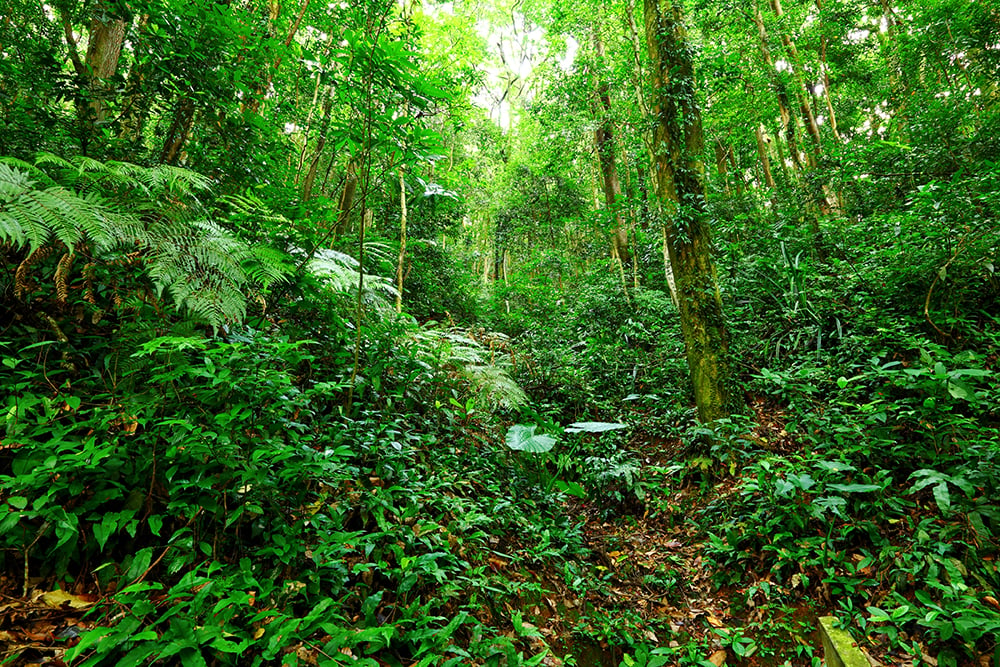
The strength of this enemy-mediated control mechanism is highest right in the vicinity of an adult tree of the same taxon and diminishes as one moves away from that individual in the forest.
Hence, seeds and seedlings of other taxa find it easier to establish and grow right next to the adult tree of different taxa.
Such a process, over a few centuries or millennia, ultimately leads to the formation of a forest where multiple species exist right next to each other, without outcompeting or killing each other to ensure access to more resources and reproductive output.
This mechanism, in scientific jargon, is called distance and/or density-dependent control, as the process relies on how distant an individual is from an adult of the same taxon, and/or how abundant the taxon is in the surroundings of a newborn.
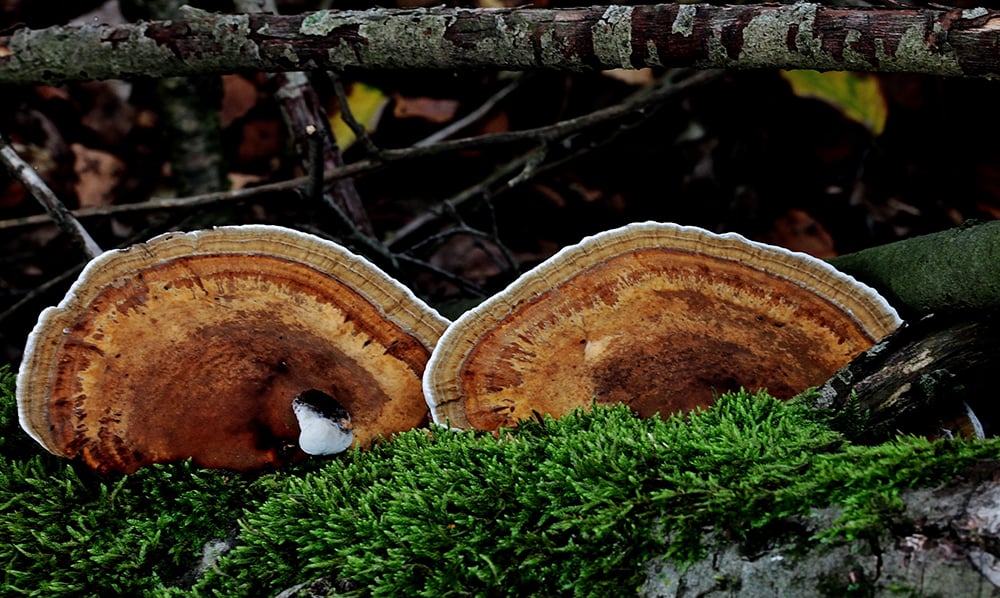
Probing And Proving The Janzen-Connell Hypothesis
Based on the Janzen-Connell Hypothesis, scientists came up with predictions about how a rainforest should look and act.
These are Janzen-Connell patterns that arise from the hypothesis itself.
According to this, in a rainforest, we should see zero to a few young tree individuals surrounding an adult tree of the same taxon. We should find more young trees the farther away we go from the parent adult tree. And, even when someone sows a seed or plants a sapling artificially next to an adult, it should never be able to reach the stage of an adult tree. Rather, according to the predictions, it should die or be removed through natural causes.
However, without substantial proof, any hypothesis is a mere story in the realm of science. So, for the past 50 years, scientists across the world have tried to gather pieces of evidence to both prove and disprove the existence of Janzen-Connell patterns in nature.
Many such studies, coming from different parts of the world, have individually been able to offer support towards the existence of such a pattern in their study site. A recent study pooled all the data coming from all these previous studies and presented a case that Janzen-Connell patterns are present all across the tropics, although their strength may vary based on location.
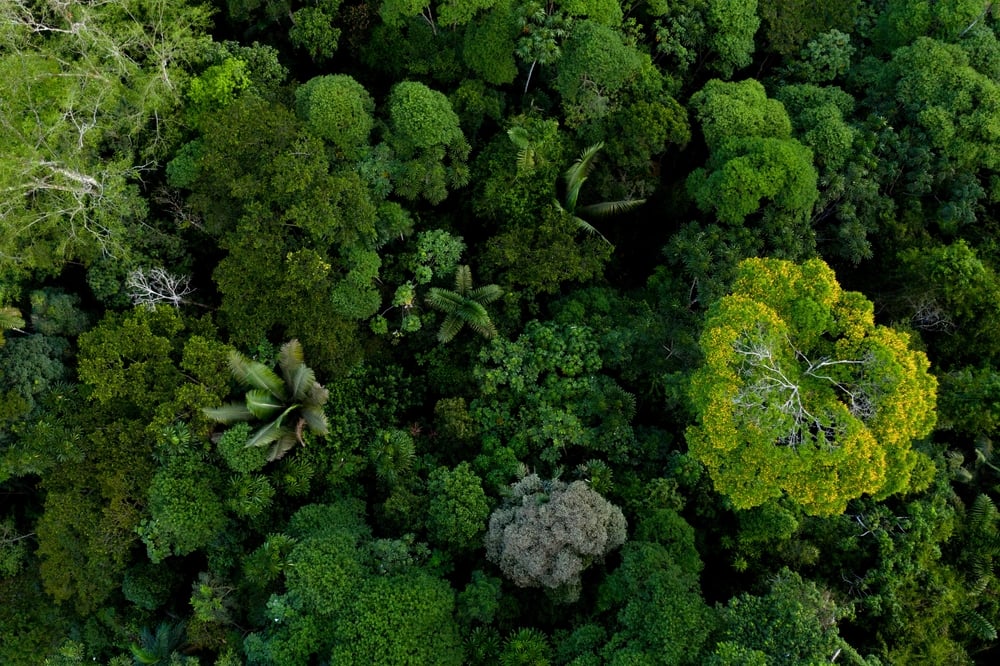
The Thing About Patterns And Processes
However, this does not end the debate on whether the Janzen-Connell Hypothesis is actually true or not. According to many scientists, the presence of Janzen-Connell patterns does not necessarily translate to validation of the Janzen-Connell Hypothesis itself.
Basically, the argument is that low survival of seeds and seedlings around an adult of its taxon does not mean that it is happening through controlling mechanisms exerted by natural enemies of the plant. According to this group of people, several other mechanisms—resources, the adult tree itself harming or limiting the seedling, or other species of trees helping seedlings of other species grow—can effectively lead to the existence of Janzen-Connell patterns, with an absolute absence of the Janzen-Connell Hypothesis.
Many researchers belonging to this lobby also highlight the fact that not all the taxa in a rainforest have a uniquely specialized enemy at their disposal.
Janzen-connell: Aging Like Wine
The Janzen-Connell Hypothesis, regardless, is one of the most famous and widely accepted hypotheses that try to explain how tropical rainforests contain such an enormous amount of species diversity for an unforeseeable amount of time. Even 50 years since its postulation, it is still as relevant as it was back then. Studies are ongoing across the world to understand whether this pattern and eventually the process holds true or not.
Until we summon a suitable alternative or witness a major violation of this pattern and process, the Janzen-Connell Hypothesis is going to stand high as the closest we have come to understanding the mechanism of tropical rainforests’ presence and persistence on this planet.
References (click to expand)
- Gentry, A. H. (1988, January). Tree species richness of upper Amazonian forests. Proceedings of the National Academy of Sciences. Proceedings of the National Academy of Sciences.
- Janzen, D. H. (1970, November). Herbivores and the Number of Tree Species in Tropical Forests. The American Naturalist. University of Chicago Press.
- On the role of natural enemies in preventing competitive exclusion in some marine animals and in rain forest trees - archive.org
- Terborgh, J. (2012, March). Enemies Maintain Hyperdiverse Tropical Forests. The American Naturalist. University of Chicago Press.
- Bagchi, R., Swinfield, T., Gallery, R. E., Lewis, O. T., Gripenberg, S., Narayan, L., & Freckleton, R. P. (2010, August 16). Testing the Janzen-Connell mechanism: pathogens cause overcompensating density dependence in a tropical tree. Ecology Letters. Wiley.
- J Terborgh. (2020) At 50, Janzen–Connell Has Come of Age | BioScience.
- Testing predictions of the Janzen–Connell hypothesis: a meta ....
- Krishnadas, M., Bagchi, R., Sridhara, S., & Comita, L. S. (2018, October 30). Weaker plant-enemy interactions decrease tree seedling diversity with edge-effects in a fragmented tropical forest. Nature Communications. Springer Science and Business Media LLC.
- M Deniau. (2017) Research article Janzen-Connell patterns are not the result ....
- J Terborgh. (2020) At 50, Janzen–Connell Has Come of Age | BioScience.


